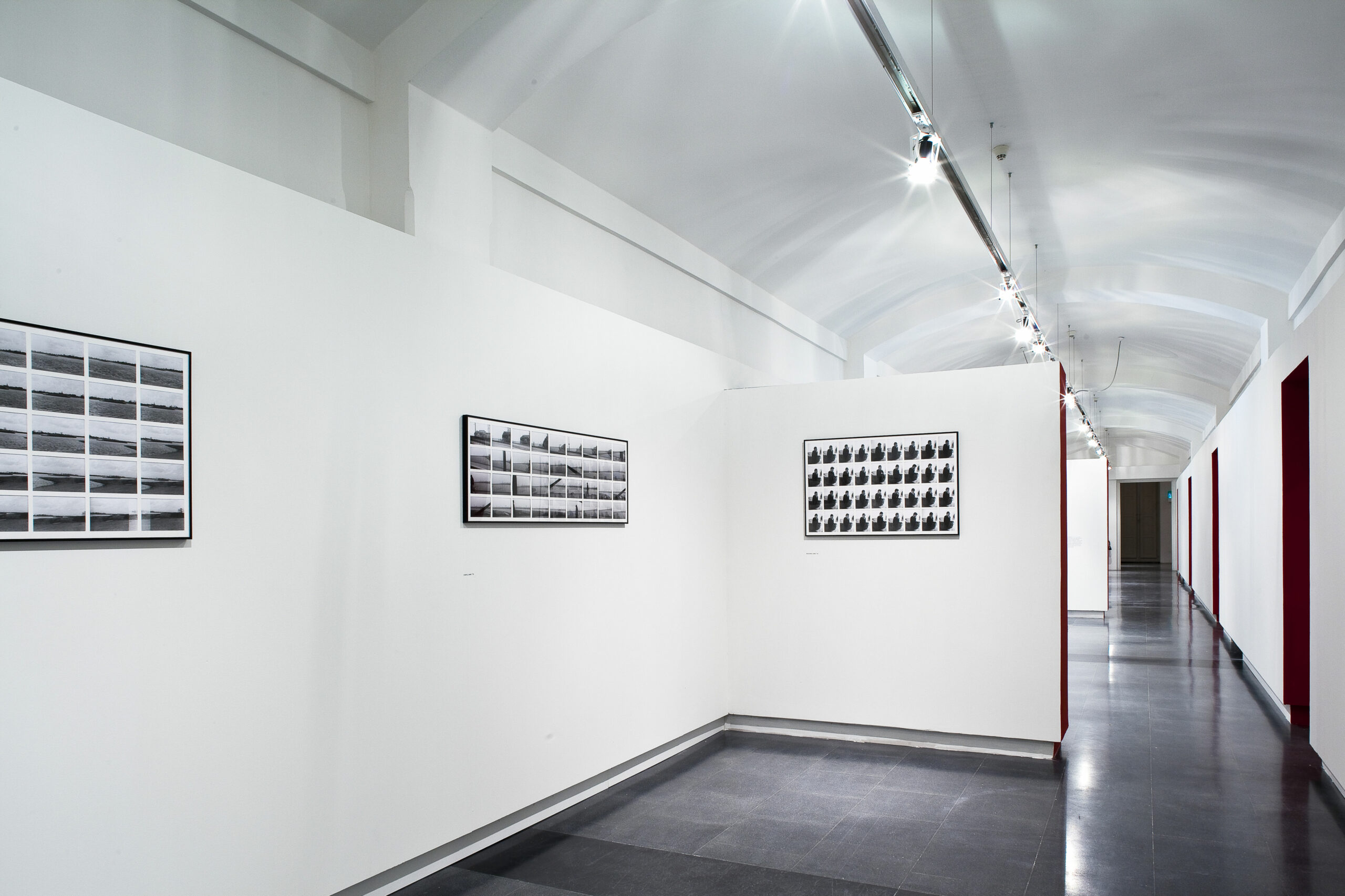The exhibition 70’s. Photography and daily life initially scheduled at the MAN Museum in Nuoro, it will instead be set up in Sassari, at the Museum of Twentieth Century and Contemporary Art, via Archivolto del Carmine from 24 October to 17 January.
Two fortunate circumstances underlie the decision to change the location of the announced exhibition: the resounding success of the de André exhibition currently underway at the MAN, which pushed the organizers to extend its duration until January 10, 2010, and the signing of a collaboration agreement between the Province of Sassari and the MAN and the Province of Nuoro, an agreement which underlines the role of the Museum directed by Cristiana Collu on the island and in the national panorama.
Photography of the 70s. Daily experience and testimony was born from an international co-production that united the MAN with La Fabrica/ PhotoEspaña 2009 and the Centro Andaluz de Arte Contemporaneo in Seville and offers a retrospective look at a group of works and authors who contributed to defining the Seventies as the most important and fruitful of the recent history of photography.
«The Province of Sassari – explains Alessandra Giudici – enthusiastically welcomed the opportunity to host Photography of the 70s. For two reasons: the value of the exhibition and the opportunity to establish a collaboration with the MAN which, in the hopes of the two parties, will gradually become closer, allowing a cultural experiment as vital and successful as it turned out to be that of the Art Museum of the Province of Nuoro. Sassari will do this through the growth of Smap, the provincial artistic museum system inaugurated only two months ago with the creation of a real museum itinerary among the historic rooms of the Provincial Palace, in Piazza d’Italia.
Heirs of one of the most revolutionary decades of the post-war period and a moment of incubation of what would characterize the future and shape today, the Seventies were fateful years: Man tells them through a medium, photography, which in that decade he experienced a very particular moment, just as particular is what the lens intended to capture: everyday life, fragments of real life and for this very reason extraordinary testimony.”
Photography and everyday life have a very specific connection with the Seventies. In that decade, everyday life broke into photography and – while the dichotomy between art and photography was being formed – new relationships were born between photography and contemporary art, overcoming previously marked divisions, transforming them into contaminations and mixtures. One of the most singular aspects is the convergence between the more specific field of photography and the broader one of the plastic arts, also demonstrated by the notable number of artists who all make use of photography without distinction. And the renewed interest in photography passes above all through the valorization of the idea of the document and the documentary style, as a privileged and legitimate model for the representation of everyday life in combination between the public and private spheres.
At the exhibition hosted in the former convent of Carmelo there will be around 200 works by twenty-two artists who really made a difference in the field of visual arts of that period, offering a wide and diversified range of paradigmatic images and at the same time of aesthetic and conceptual attitudes . Among them, internationally renowned names such as David Goldblatt, Christian Boltanski, Anders Petersen, Cindy Sherman, together with others who, such as Robert Adams, Laurie Anderson, Claudia Andújar, Victor Burgin, William Eggleston, Hans Peter Feldman, Alberto García-Alix, Karen Knorr, Víctor Kolář, Ana Mendieta, Fina Miralles, Gabriele & Helmut Nothhelfer, JD Okhai Ojeikere, Carlos Pazos, Eugene Richards, Allan Sekula, Malick Sidibé, Ed van der Elsken, Kohei Yoshiyuki, have followed completely personal paths of interest absolute. To just one of them, Goldblatt, the exhibition offers two different “islands”: in the first the artist deals with the theme of apartheid, in the second he conducts research on hands as another face of a person.

